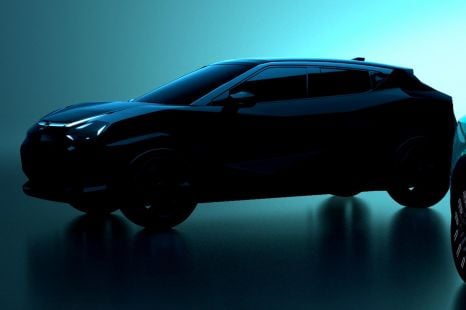

Damion Smy
Nissan Juke EV will use Leaf platform, due in 2026 - report
10 Hours Ago
A new report says Sydney is not on track to meet its net zero obligations, and proposes a far steeper EV ramp up.

Senior Contributor
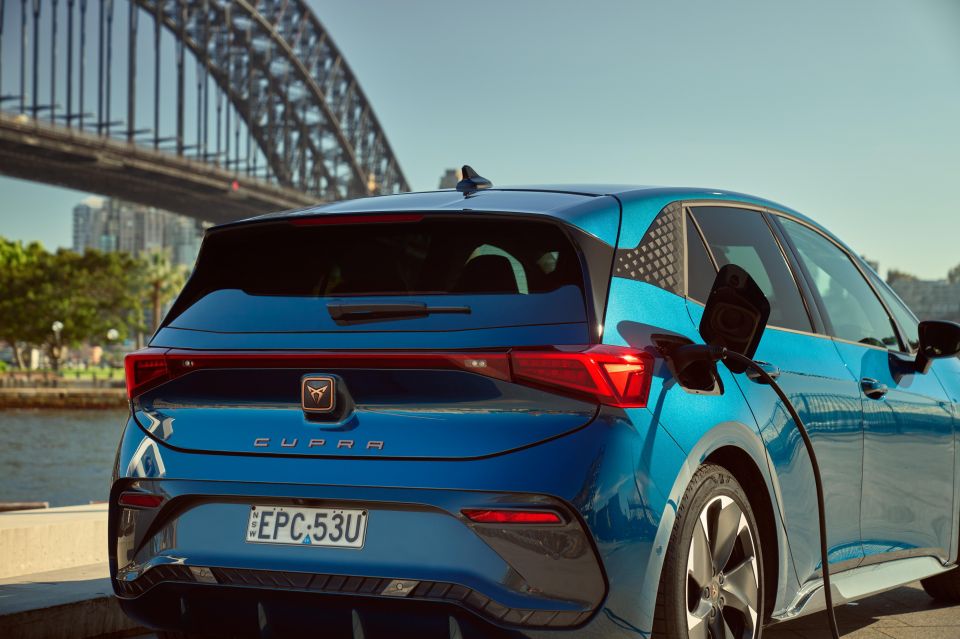

Senior Contributor
Urban policy think tank Committee for Sydney is proposing all new cars sold in the Harbour City must be electric as soon as five years from now – a hugely radical goal.
Its Decarbonising Sydney report published last week suggested a faster ramping-up for EVs than currently forecast was needed, calling for the end of new petrol and diesel vehicle sales from 2027 – eight years before the ACT’s already ambitious target.
That would mean about 30 per cent of the passenger fleet would be EV by the end of this decade, around double the exisiting government goal.
The existing Government-backed NSW EV Strategy aims for EVs to make up half of all new car sales by 2030, leading to 15 per cent of the total passenger fleet being electric by that time.
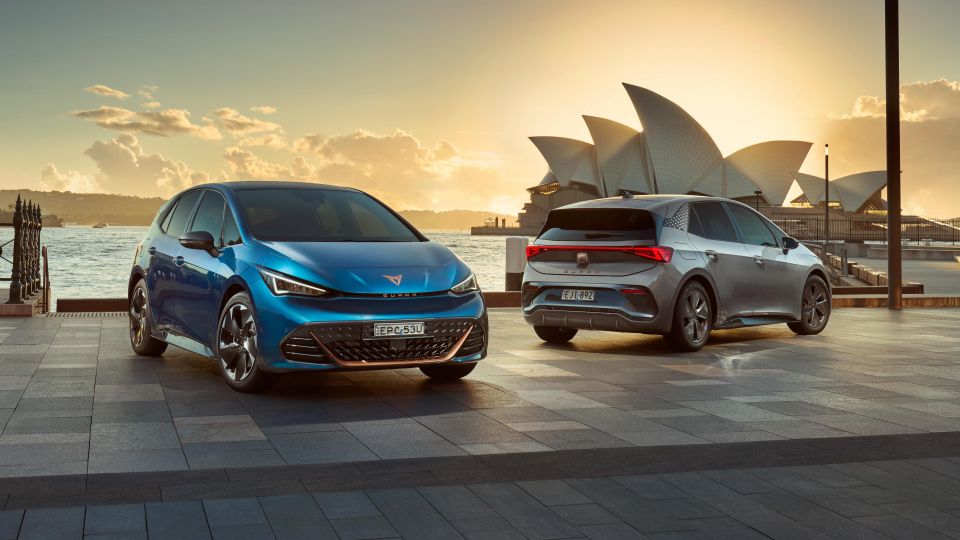
After the power grid itself, transport is the largest source of emissions in Sydney, with road transport accounting for 88 per cent of this total.
“If electric vehicles carry the vast bulk of achieving the 2030 target [to halve emissions from 2005 levels], 100 per cent of passenger car sales will need to be EVs in 2027, leading to approximately 850,000 passenger EVs on the road by 2030,” the report said.
That’s up from a target of around 470,000 under the current policy framework.
The Committee for Sydney does call this suggestion a “stretch target”, and acknowledges headwinds such as ongoing supply shortages, high EV prices, and lingering range anxiety.
Its report calls for “a range of policies, subsidies and awareness campaigns, and regulations that favour EVs – along the lines of the fuel efficiency standards” such as those put on the table by the Federal Government this month.
MORE: Dumping ground no more? Australian Government’s affordable EV push
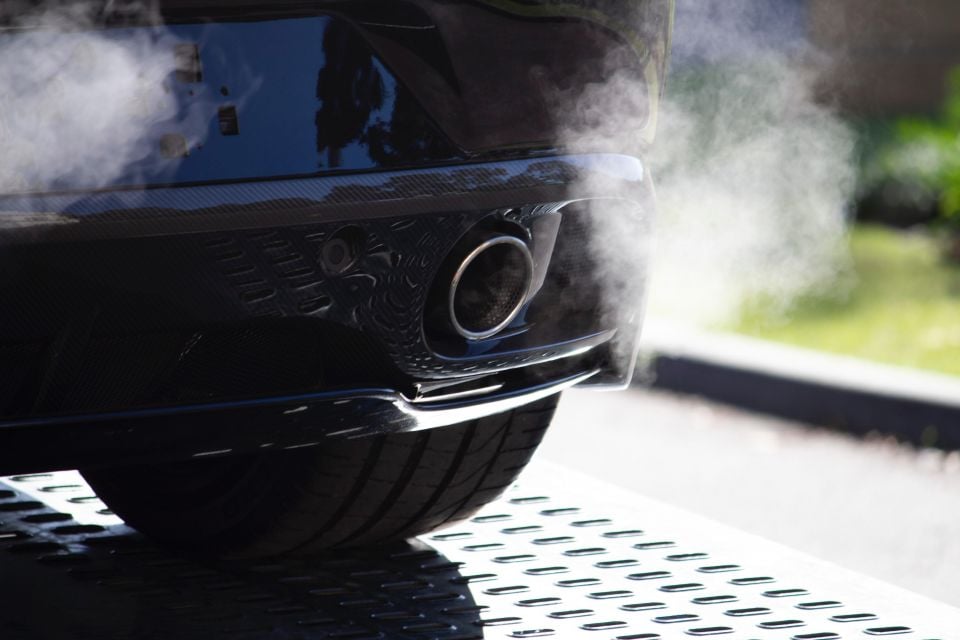
The Committee called for a national scheme to help people buy EVs, which remain significantly more expensive upfront.
The current NSW State-based EV rebate is $3000 for EVs under $68,750, and comes alongside a stamp duty waiver, but the Committee claims this falls short of the international average.
The report also backed the existing NSW Electric Vehicle Strategy in aiming to convert all state and local government fleets to EVs by 2030.
“Our modelling suggests commercial and government fleets should be converted entirely to electric vehicles by 2030,” the report said, claiming their focus on running costs versus upfront costs made EVs a particularly obvious choice.
MORE: What electric car buyer incentives are offered across Australia?
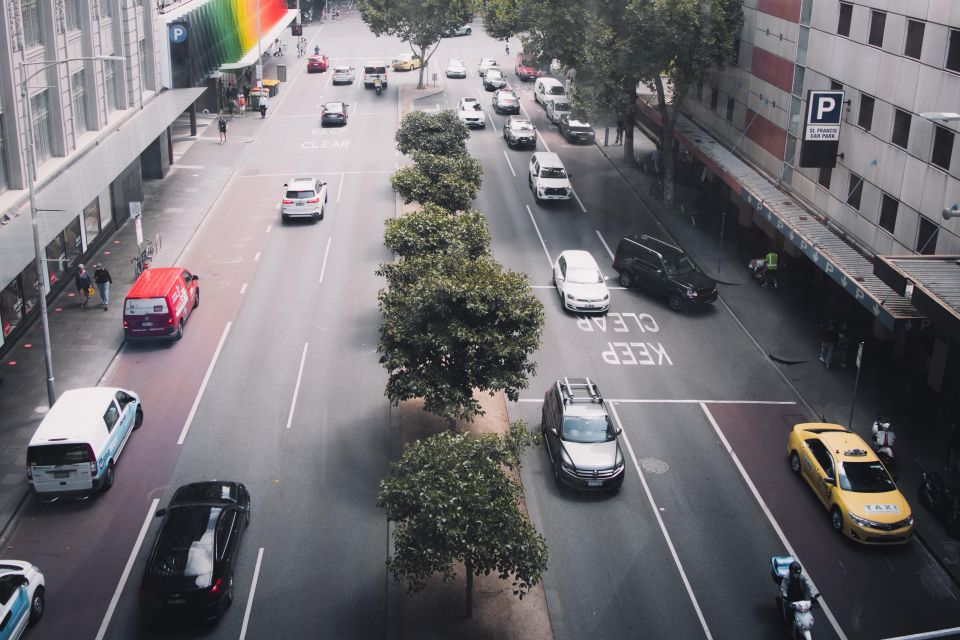
General fleets make up almost 10 per cent of all passenger cars, so their conversion would put ~200,000–250,000 EVs on the road, it added.
“Fleets owners replace their vehicles every three to five years, much faster than individual owners (about every 10 years), and base their choice on total cost of ownership rather than upfront price.”
The Committee’s Accelerated Net Zero Transition modelling found Sydney would need up to 11,500 fast chargers and about 42,000 destination chargers by 2030 – “a lot more than currently planned”.
It also called for work to be done to simplify installing chargers in existing apartment car parks – currently a strata nightmare.
Another key, the report found, was to create a “consumer awareness campaign” focused on “the availability and benefits” of electric vehicles, “putting the right information in the right places – particularly ensuring the campaign is tailored to Sydney’s culturally and linguistically diverse community”.
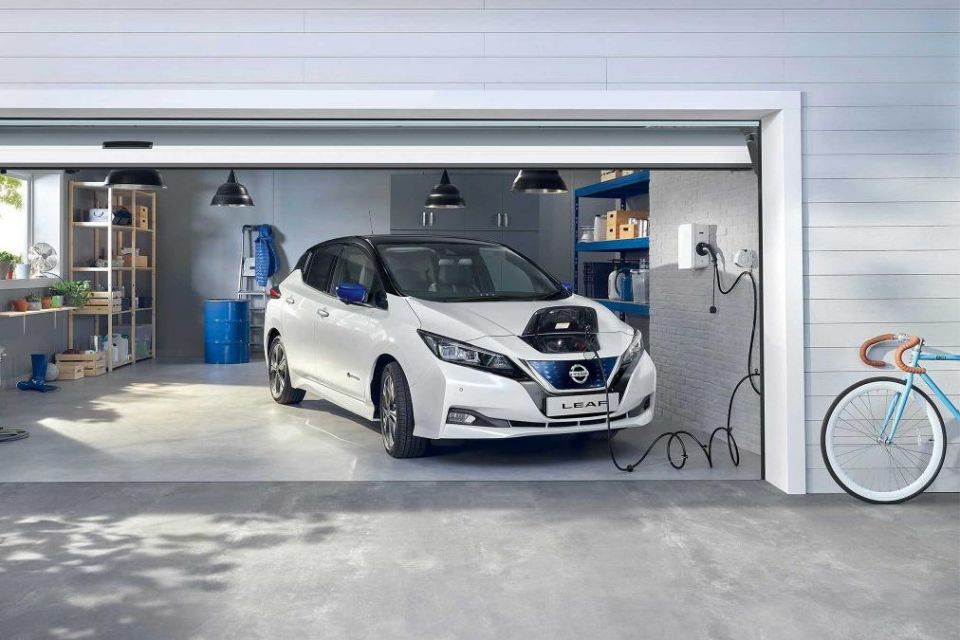
It also called for a state or national strategy with logistics companies and local manufacturers to convert truck fleets, and to introduce a petrol/diesel truck 2035 sales ban.
The report discussed a modal shift in transport, focused on things such as e-bikes and e-scooters, ride-sharing, public transport etc, but said there was no alternative to focusing on private transport.
“Our analysis demonstrates there is no real alternative to EVs replacing petrol/diesel cars on our roads. A shift to alternate forms of transport, and associated reduction in vehicle travel, is offset by population growth so does not avoid as many emissions as switching to EVs,” the report claimed.
“To halve emissions by 2030, the only levers big enough to make a real difference are getting many more electric vehicles on the road, and reducing the carbon intensity of the energy we use,” claimed Committee for Sydney Resilience Program Director Sam Kernaghan.
By 2027 we are forecasting over 65,000 electric vehicles in our network, with 1.3 million by 2040,” added Endeavour Energy CEO Guy Chalkley.
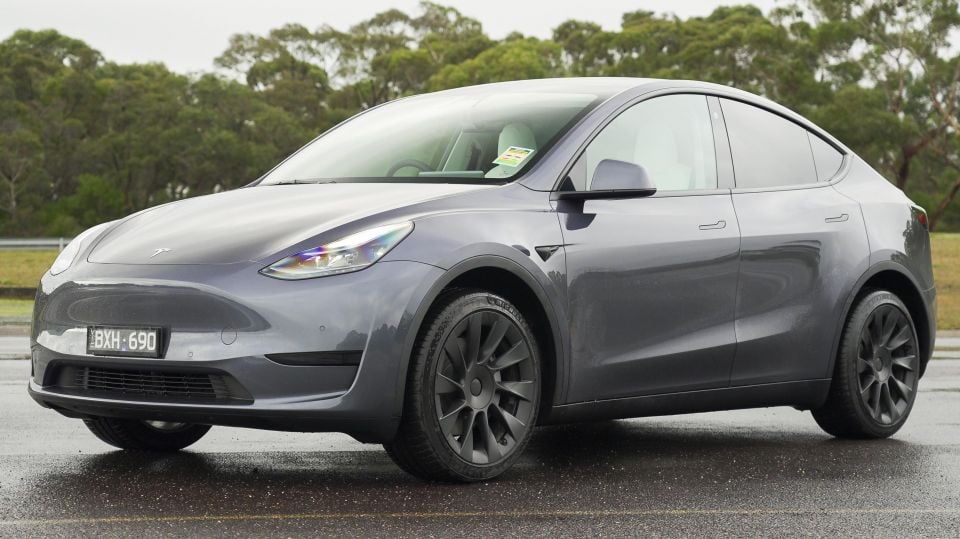
“The current number of 12,000 home batteries is expected to increase more than tenfold to over 140,000 by 2030. In parallel, businesses are driving a rapid take up of industrial solar as they look to cut costs, transition to renewables, and meet sustainability targets.”
The Committee for Sydney bills itself as the peak advocacy and urban policy think tank for Greater Sydney, and is funded by a group of Sydney’s corporations, government departments and cultural institutions.
The Committee for Sydney advisory report was made in collaboration with Ausgrid, Dexus, Endeavour Energy, the Department of Planning and Environment, the Greater Cities Commission, and McKinsey & Company.
MORE: All the EVs coming to Australia: Launch calendar, what’s here already? MORE: Australia’s best-selling EVs in the first half of 2022


Damion Smy
10 Hours Ago
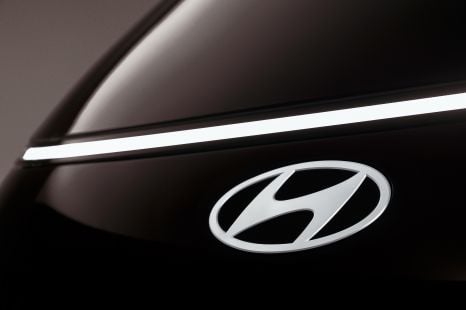

Damion Smy
13 Hours Ago
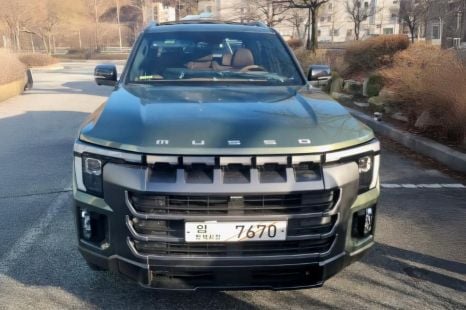

Damion Smy
16 Hours Ago


Damion Smy
18 Hours Ago
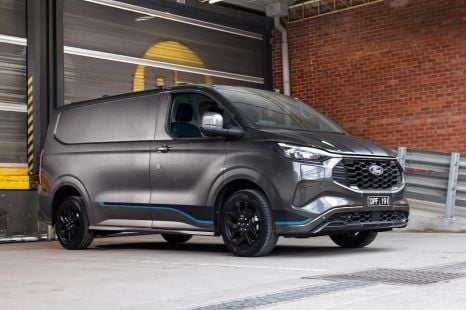

Damion Smy
18 Hours Ago
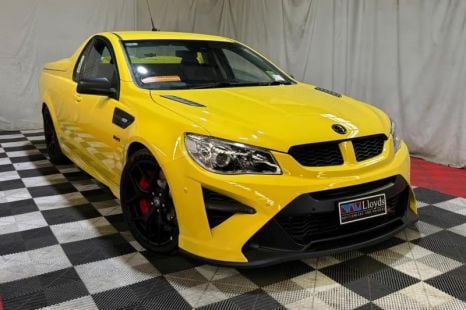

Damion Smy
19 Hours Ago